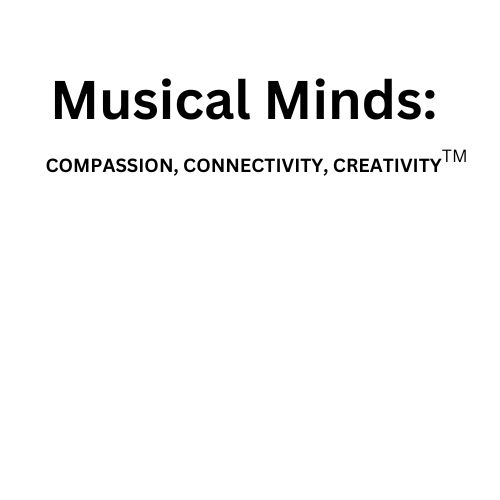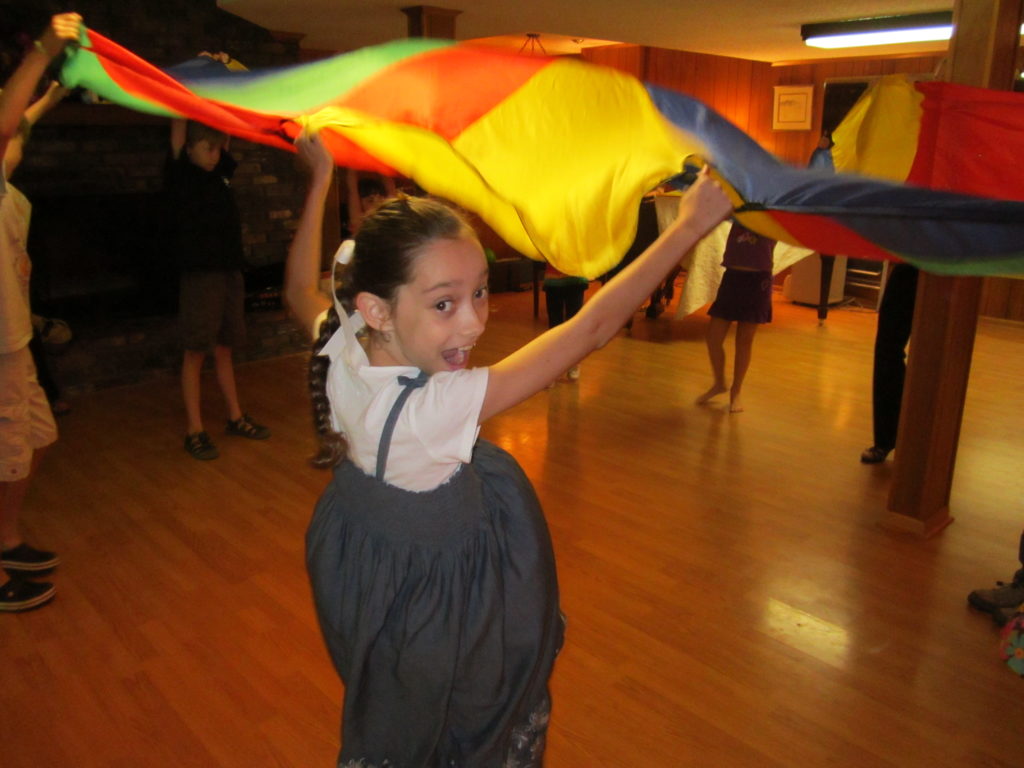

WELCOME! What is Musical Minds?
Musical Minds is an educational/therapeutic framework that serves the music teacher, guides the parent and nurtures the child on his musical development. There are three components to Musical Minds: SPACE or “self,” SPARCK and FLOWR. SPACE is the mindset for learning, which includes the Self, Presence, Attunement, Connection and Energy of an individual within the environment. SPARCK outlines the creative learning approach of Musical Minds: Sensory Response, Perceptive/Interoceptive Response, Affective Response, Re-enactment or Review, and Knowing. FLOWR–Freedom, Love, Oneness, Wonder, Resilience–ensures that learning continues and is sustained throughout a lifetime. A conciliant approach, Musical Minds draws on the wisdom of many disciplines in music, education, psychotherapy and mind-body practices to support deep understanding in musical excellence while cultivating holistic growth in the child, parent and teacher. Courses for teachers, students and parents are available through my kajabi site https://app.kajabi.com/admin/sites/2147525870/products#/ and the Musical Minds Facebook page: https://www.facebook.com/groups/4781178151968224/
Music is the art of thinking with sounds. Jules Combarieu
The Musical Minds series integrates art, dance, movement, and language lessons through a combination of Orff, Kodàly, Suzuki, Gordon, and Dalcroze philosophy to teach musical elements and the aesthetic sense. MusicTime, geared for the beginning music student, introduces and practices musical form, rhythm, pitch, dynamics, and tempo through moving, listening, singing, chanting, story-telling, dramatic play, creating, and playing percussion instruments. Sensory perception lays the groundwork for an emerging conceptual understanding of music. Goal: audiation (hearing with discernment)
Musical Minds 1 Musical Minds Level 1 Course (MML1
Musical Minds, volume 1 takes the sensory awareness and knowledge of musical elements in MusicTime and applies them to the instrument. Appropriate for students in Suzuki Books 1 & 2, Musical Minds 1 investigates musical ways of knowing through a child’s own perceptual lens, developing his/her own musicality on the instrument as music notation and reading are introduced. Classes are divided between movement, listening, theory/reading, and using their instruments for simple improvisation, imitation, harmony, and ensemble playing by ear.
Goal: audiation as a basis for note-reading and musical creativity
Musical Minds 2
In Musical Minds, volume 2 intermediate-level violin, viola, cello, and piano students learn musical elements and theory through aural response, improvisation, reading, simple score analysis, critical listening, composition, arranging, and ensemble playing. The integration of sensory development and the aesthetic musical sense is nurtured through visual art (color, texture, line, shape,) movement (conducting and Dalcroze eurhythmics,) and language (poetry, tongue twisters.) Chamber music is started in the form of folk tunes with melody and accompaniment, canons, and unison playing. Subsequent volumes of Musical Minds focus on early music and Baroque ensemble playing techniques and style, Classical and early Romantic genres and performance, and contemporary more improvisatory styles.
Goal: audiation in solo and group performance through the ways of knowing music, such as composing, score reading, critical listening, practice techniques, and music theory/history
Musical Minds 3, Renaissance and Baroque & Musical Minds 4, Classical and Early Romantic
This level applies the ways of knowing music from level 2 to specific style periods, genres, and historical context. Chamber music provides the opportunity to read, study, rehearse and perform appropriate performance practice for that time.
Goal: development of musical autonomy through improvisation, analysis, rehearsal practice, historical context, and performance style
Purchase of books: https://garnerstudio2.com/publications?preview_id=8&preview_nonce=8b102943d6&preview=true
